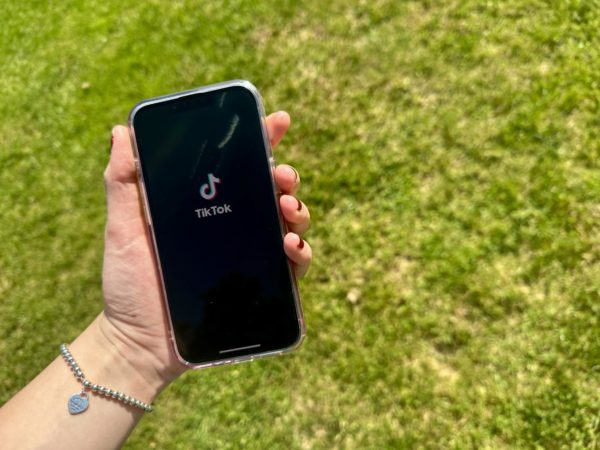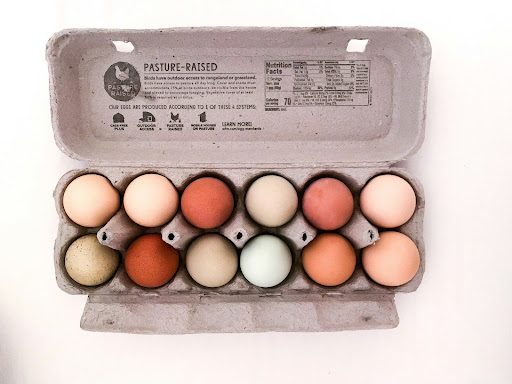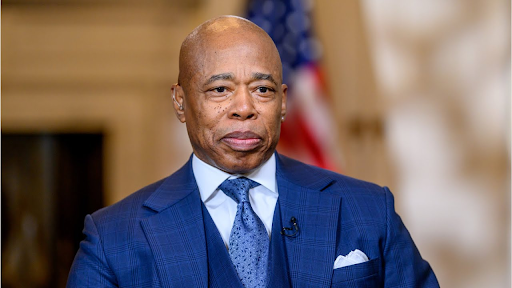
On Sept. 5, 14-year-old Harris Wolobah tragically died after attempting TikTok’s viral “One Chip Challenge.” The trend involves eating the Paqui chip, one of the spiciest chips in the world, and recording yourself without reaching for anything to ease the pain. NDTV reports that the student ate the chip during lunch, had to leave early due to a terrible stomach ache and passed out trying to go to his basketball practice later on. Wolobah passed away in the hospital but the cause of death was not stated. The teen’s mother believes it was this trend that killed her son.
Wolobah’s story was lost in a sea of other children who died because of social media trends. Just last April, 13-year-old Jacob Stevens died of a Benadryl overdose that TikTok told him would simply make him hallucinate. ABC6 writes about Stevens’ father’s response to social media trends correlating with children’s deaths. He says that social media platforms should have age restrictions, but any person who grew up with these apps knows that nothing gets by these kids.
In fact, one can argue that the exclusivity makes it more appealing. This also applies to lawmakers wanting to take down the app entirely. The issue with that is that more apps like TikTok will spring up and repeat the cycle. Instagram and YouTube have already begun attempting to make more money and get higher engagement with “reels” and “shorts.”
Instead the problem lies with algorithms. Algorithms are exactly what makes people so addicted to the app. According to the New York Times, the app uses how long consumers look at videos, which videos they like and even which ones they send to their friends to create a feed full of content they love. Often, in order to make as much money as possible, these apps keep up dangerous videos geared towards kids because they get high levels of engagement from teenagers around the country.
Take for example the “Devious Lick” challenge. One app had an entire nation of high-schoolers and middle-schoolers stealing things such as lockers from their schools. This is one of the many reasons why influencers have long complained how a video mentioning genitalia gets taken down, but videos featuring dangerous trends and health advice stays up for millions to view. Commentary youtubers such as Kurtis Connor have been keeping track of these trends and the ways that tik-tokers push horrible values and dangerous trends towards children. Apps such as TikTok need to wake up to the idea that children with social media accounts keep getting younger and need to fix the system because of it.
TikTok needs to have more focus on what age groups these trends are geared towards and adjust them accordingly. If a trend that involves taking twelve to fourteen Benadryl pills is made to engage with a young fanbase, instead of putting it on the pages of teenagers, Tik-Tok needs to take it down. There is a difference between free speech and specifically making videos for children that could cause harm and death.








